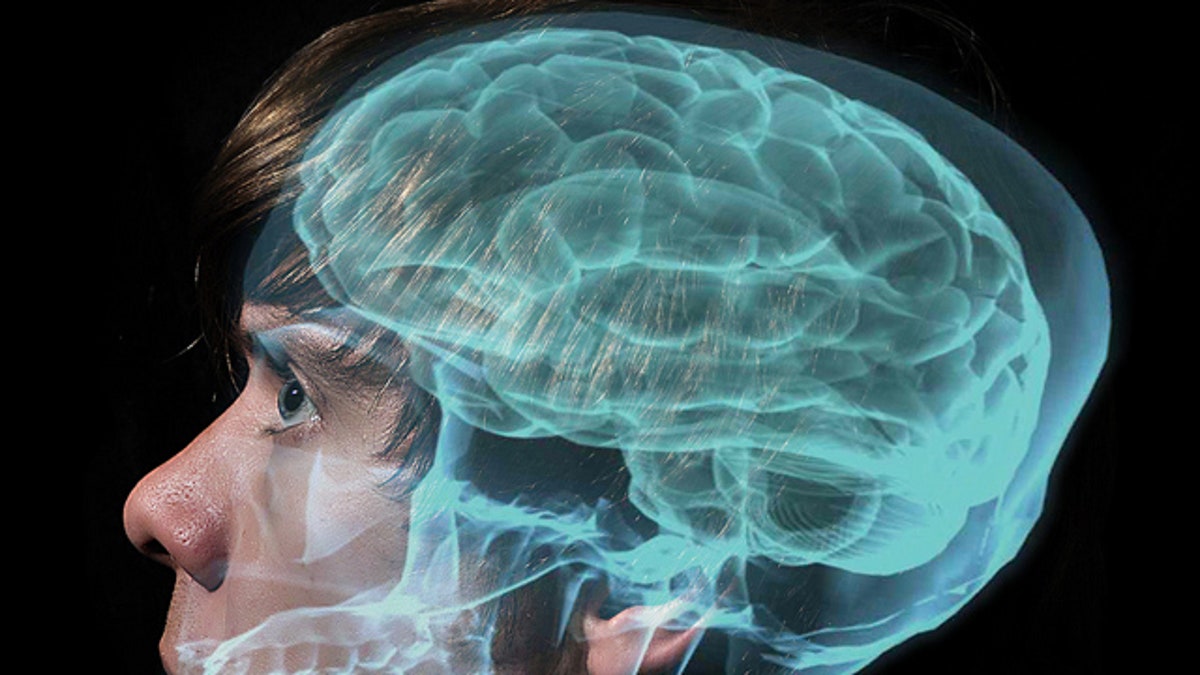
(Flickr/illuminaut)
A computer can predict what you're dreaming about based on brain wave activity, new research suggests.
By measuring people's brain activity during waking moments, researchers were able to pick out the signatures of specific dream imagery — such as keys or a bed — while the dreamer was asleep.
"We know almost nothing about the function of dreaming," said study co-author Masako Tamaki, a neuroscientist at Brown University. "Using this method, we might be able to know more about the function of dreaming."
The findings, which were published Thursday in the journal Science, could also help scientists understand what goes on in the brain when people have nightmares.
Sleepy mystery
Exactly why people dream is a mystery. Whereas the founder of psychoanalysis Sigmund Freud may have thought dreams were about wish fulfillment, others believe dreams are irrelevant byproducts of the sleep cycle. And yet another theory holds that dreams allow the mind to continue working on puzzles faced during the day. In general, most people believe their dreams have meaning.
Scientists have dreamt of being able to look inside the brain's sleepy wonderland. Past studies had suggested that people's brain activity can be decoded to reveal what they are thinking about: For instance, scientists have decoded movie clips from brain waves.
Dream reading
So why not try to read dreams?
Tamaki and her colleagues tracked brain activity using functional magnetic resonance imaging (fMRI) of three people as they were sleeping; the researchers woke up the trio every few minutes to have them describe their dreams. In total, the scientists collected about 200 visual images. [7 Mind-Bending Facts About Dreams]
The researchers then tied the dream content that participants described in their waking moments to specific patterns in brain activity (as seen in the blood flow in fMRI scans) and had a computer model learn those signatures.
The computer model then analyzed each person's dreams. The model was able to pick out the time when each person dreamed of specific objects based on their brain activity when they were awake.
Those findings showed the same brain regions are activated when people are awake as when they are actually having the associated dream.
"We were amazed," Tamaki said.
Even though the team just tried to read dream imagery from one person's waking brain activity, they found some common patterns for broad classes of imagery, such as scenery versus people, Tamaki told LiveScience.
"There is a similarity amongst the subjects, so from that result, we could pick up some basic dream content and then we can build a model from those base contents, and they may apply to other people," Tamaki said.
Copyright 2013 LiveScience, a TechMediaNetwork company. All rights reserved. This material may not be published, broadcast, rewritten or redistributed.




















